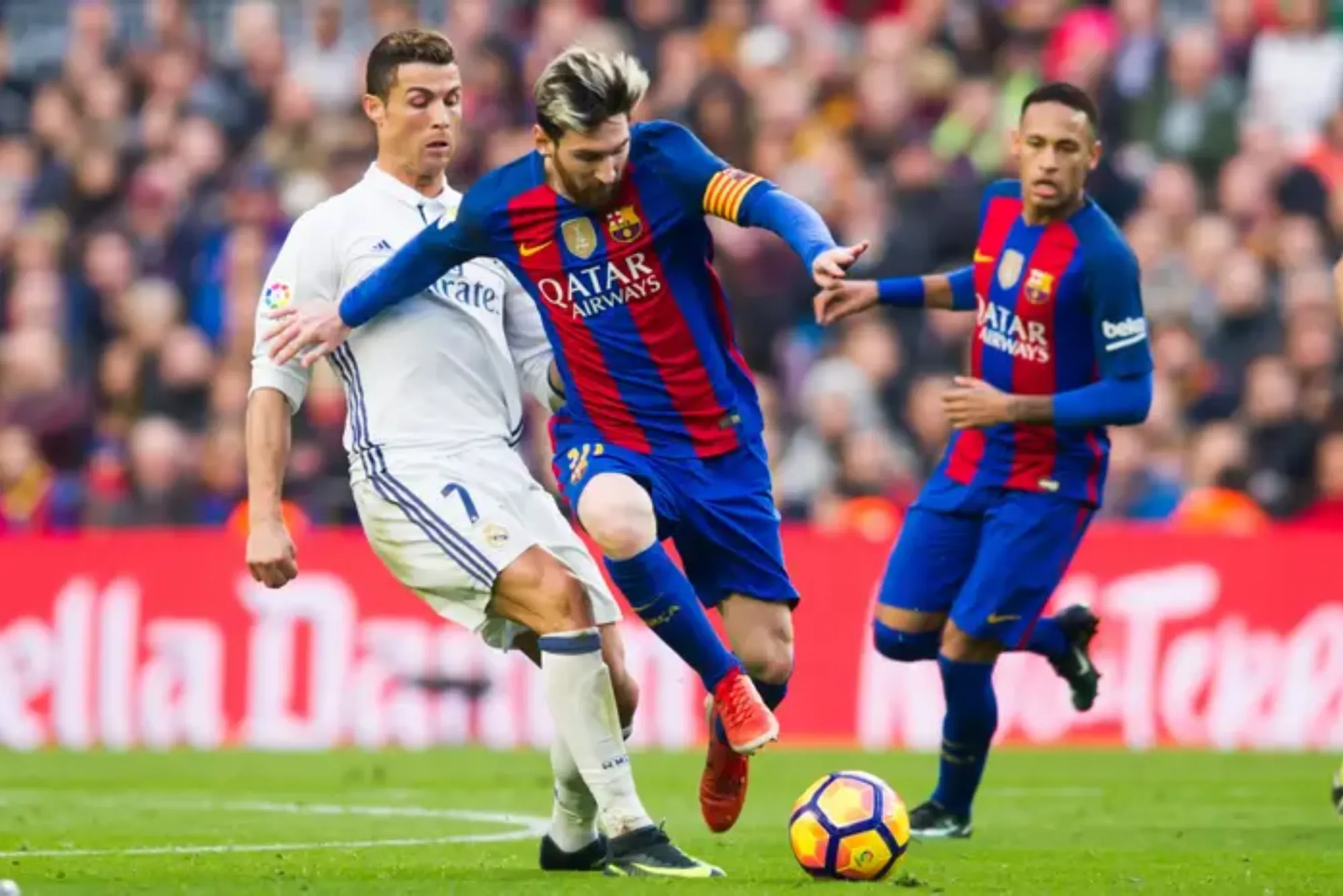Understanding how betting odds are calculated is crucial for anyone who wants to improve their wagering strategy. As someone who has spent years analyzing sports markets and placing bets, I’ve learned that odds are more than just numbers—they reflect probabilities, bookmaker margins, and market sentiment. In this article, I’ll guide you through the fundamentals of odds calculation, explain the most common formats, and share practical insights on how to interpret and use odds effectively.
Odds might seem intimidating at first, especially with various notations like decimal, fractional, and moneyline. However, once you grasp the underlying concepts, reading odds becomes second nature. You’ll begin to recognize value bets, understand implied probabilities, and make more informed decisions when placing wagers. My goal is to demystify the process, show real-world examples, and provide you with actionable knowledge that can be applied immediately.
In recent years, the market has expanded to include specialized options such as UK betting sites not on GamStop 2025, which cater to players seeking alternatives to mainstream platforms. These sites often feature competitive odds and unique promotions, making it even more important to understand how odds are set in the first place.
The Basics: Probability and Odds
At its core, betting odds represent the probability of an event occurring. Bookmakers convert these probabilities into odds that dictate your potential payout. For instance, if a team has a 50% chance of winning, the fair odds would be 2.00 in decimal format (1 divided by 0.50). However, bookmakers adjust these fair odds to ensure they make a profit, which leads us to the concept of the overround or vigorish.
When I started betting, I often wondered why the odds on both sides of a match never quite added up to 100%. The reason is that bookmakers build a margin into their odds to guarantee profit regardless of the outcome. By offering slightly less attractive odds than the true probability suggests, they create a buffer that ensures they collect more money in stakes than they pay out in winnings over the long term.
Converting Between Odds Formats
Decimal Odds
Decimal odds are widely used in Europe, Canada, and Australia. They’re straightforward: the number represents the total return (stake plus profit) per unit staked. An odd of 3.50 means that for every £1 you bet, you would receive £3.50 if your bet wins, including your original stake.
Fractional Odds
Fractional odds are traditional in the UK and Ireland. They’re written as fractions, such as 5/1 (“five to one”), meaning you win £5 for every £1 staked, plus your stake back. A 1/1 (“evens”) bet returns £2 for every £1 staked (your stake plus £1).
Moneyline Odds
Moneyline (or American) odds are popular in the United States. Positive numbers indicate how much profit you’d make on a £100 stake (e.g., +200 means £200 profit on £100), while negative numbers show how much you need to stake to win £100 (e.g., -150 means you must stake £150 to win £100).
Converting between these formats is essential when you’re comparing odds across different sportsbooks. For example, to convert fractional odds a/b to decimal, calculate (a/b) + 1. Understanding these conversions helps you identify the best value regardless of the notation used.
Implied Probability and Overround
Implied probability is the chance of an outcome as suggested by the odds. To calculate implied probability from decimal odds, divide 1 by the decimal odd. For instance, odds of 4.00 imply a probability of 25% (1 ÷ 4.00). However, the sum of implied probabilities for all outcomes in a market will exceed 100%, reflecting the bookmaker’s margin.
This excess—known as the overround—is how bookmakers ensure profit. A fair market would sum to 100%, but a bookmaker might set odds that sum to 105% or more. This 5% overround guarantees their edge. As a bettor, spotting markets with a lower overround can lead to better value bets, especially in highly competitive spaces like football or horse racing.
Real-World Example: Football Match Odds
Consider a Premier League match between Team A and Team B. A bookmaker might offer decimal odds of 2.50 for a Team A win, 3.20 for a draw, and 2.80 for a Team B win. Converting to implied probabilities gives:
-
Team A win: 40% (1 ÷ 2.50)
-
Draw: 31.25% (1 ÷ 3.20)
-
Team B win: 35.71% (1 ÷ 2.80)
The sum is 106.96%, indicating a 6.96% overround. If you believe Team A actually has a 45% chance, the 40% implied by the odds suggests value. Placing a bet on Team A in this scenario would be a value bet, assuming your probability estimate is accurate.
Adjusting Odds for Profit Margins
Bookmakers adjust odds based on their risk exposure and desired profit margins. Heavy favorite teams often have a smaller margin to attract more balanced action, while niche markets might carry higher margins. Understanding these shifts can be profitable. If you notice an outlier bookmaker offering slightly better odds on a popular market, it could indicate a lower margin and thus better value.
Promotions and enhanced odds further complicate the landscape. Some sportsbooks offer boosted odds for specific markets, temporarily reducing their margin. While these can be attractive, it’s important to check the terms and implied probabilities once the promotion ends to ensure you aren’t inadvertently accepting worse value on other bets.
Market Influences and Odds Movements
Live betting markets illustrate how odds adjust in real time based on in-game events and betting volumes. As match conditions change—say a red card is given—the implied probabilities shift sharply, and so do the odds. Bookmakers aggregate live data, often using sophisticated algorithms, to continuously rebalance odds.
Watching odds movements can provide insights into market sentiment. A sudden shortening of odds on an underdog might indicate sharp money (professional stakes) coming in, whereas gradual drift could reflect public money fading a selection. Understanding these patterns can help bettors gauge when to back or lay a selection, especially in in-play scenarios.
Horse Racing: Calculating Odds with Scratchings and Fields
Horse racing odds calculation introduces additional complexity. Bookmakers consider factors like field size, form, jockey, trainer, and even scratchings (horses withdrawn). When a favorite is scratched, the odds on the remaining horses adjust proportionally, and the overround can expand or contract based on where the bookmaker takes their margin.
Experienced horse racing bettors often compare multiple bookmakers and exchange markets like Betfair, where the overround can be lower due to peer-to-peer betting. Being quick to spot scratchings and jump onto favorable odds requires vigilance and sometimes automated tools that monitor markets in real time.
Betting Exchanges vs. Traditional Bookmakers
Betting exchanges allow players to back and lay bets against each other, with the exchange taking a commission. Odds on exchanges can often be more competitive because there’s no built-in overround—just a commission on net winnings. If you’re comfortable laying bets (betting against an outcome), exchanges provide additional strategic opportunities like trading positions to lock in profits.
However, exchanges come with their own learning curve. Liquidity (availability of matching bets) can fluctuate, especially in niche markets. Understanding when to be aggressive or patient in placing orders is key. In my experience, combining exchange bets with traditional bookmaker bets—known as arbitrage or matched betting—can exploit small discrepancies in odds, locking in guaranteed profits.
Practical Tips for Interpreting and Using Odds
When you log into a site—especially innovative platforms like UK betting sites not on GamStop 2025—you’ll notice a range of odds formats and markets. Here are a few strategies I’ve used:
-
Always convert odds to implied probabilities to compare value across markets.
-
Track overrounds to find the most competitive odds, particularly in major sports leagues.
-
Pay attention to market movements, both pre-match and in-play, to sense sharp money or evolving consensus.
-
Use multiple betting accounts to shop for the best odds—small differences multiply over time.
-
For large markets like football and tennis, consider exchange odds to minimize margins.
Above all, maintain a disciplined approach. Betting is as much about sound bankroll management as it is about finding value. Understanding odds calculation empowers you to make data-driven decisions rather than relying on intuition alone.
Conclusion
Betting odds are not random numbers—they encapsulate probabilities, bookmaker margins, and market dynamics. By learning how to translate odds into implied probabilities, spotting overrounds, and watching market movements, you can enhance your betting strategy and identify value opportunities. Whether you prefer traditional bookmakers or peer-to-peer exchanges, a solid grasp of odds calculation is indispensable.
As the industry continues to evolve, with new platforms and promotional innovations emerging in 2025, your ability to interpret odds quickly and accurately will remain a key predictor of long-term success. Keep refining your understanding, compare odds across multiple sites, and never stop learning. With this knowledge in hand, you’re well-equipped to navigate the exciting world of online betting.










